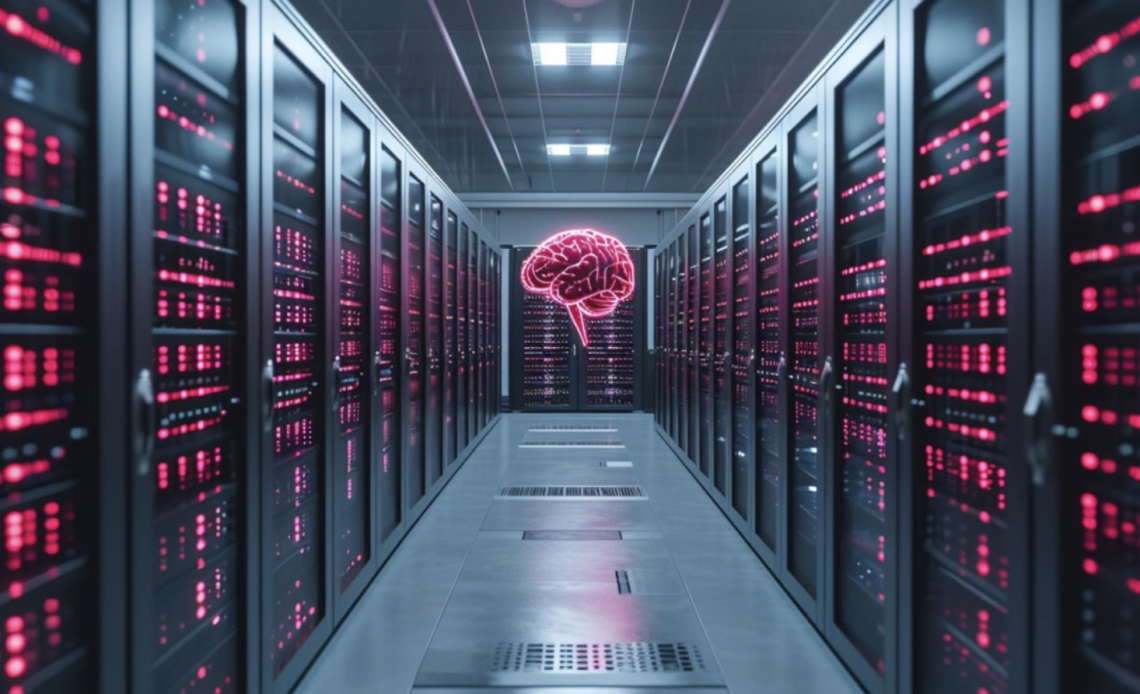
In the rapidly evolving realm of artificial intelligence, the ability of language models to understand and generate human-like text has seen remarkable advancements. Traditional language models, while groundbreaking, often lack the contextual awareness and real-world knowledge necessary to provide deeply informed responses. This gap in capability has been addressed with the advent of Retrieval-Augmented Generation (RAG), a transformative approach that integrates information retrieval directly into the text generation process. By leveraging RAG, platforms enhance the capabilities of large language models (LLMs) through real-time data retrieval and context enrichment.
It combines RAG with Gen AI-powered semantic layer, using semantic search techniques to retrieve relevant metrics and dimensions from its knowledge base. This ensures that LLMs have access to the most accurate and up-to-date information, enabling them to generate responses that are not only contextually aware but also rooted in precise business definitions. Through this dynamic retrieval process, The platform significantly improves the depth and accuracy of LLM responses, eliminating common issues like hallucinations and fostering a deeper understanding of complex queries.
Understanding Retrieval-Augmented Generation (RAG)
At its core, RAG is a sophisticated framework that enhances traditional language models by incorporating real-time data retrieval. Unlike conventional models that rely solely on pre-trained data, RAG dynamically accesses external sources of information, thus broadening the depth and accuracy of generated responses. Let’s see how it operates:
When a user inputs a query, the RAG model operates in two distinct phases:
- Information Retrieval: The first phase involves the retrieval of relevant documents or snippets from a pre-defined knowledge base or external database. This can include encyclopedias, scientific papers, product descriptions, or FAQs, depending on the application context.
- Text Generation: Once relevant information is retrieved, the language model processes this data along with the original query to generate a contextually rich and accurate response. This synergy between retrieval and generation allows RAG to produce text that is not only coherent but also deeply informed by current and relevant information.
The Architecture of RAG
RAG systems are built upon two main components:
- Retriever: This element identifies and fetches pertinent documents. Depending on the implementation, it may use dense retrievers, which rely on neural embeddings to capture semantic meaning, or sparse retrievers that focus on exact keyword matching through traditional algorithms like TF-IDF or BM25.
- Dense Retrievers: These employ deep learning techniques to create vector representations of texts, which are particularly effective when the meaning of the query is paramount. For example, if a user queries “impact of climate change on agriculture,” a dense retriever can locate texts that discuss agricultural challenges in various climate scenarios, regardless of specific phrasing.
- Sparse Retrievers: These are beneficial for queries with specific or technical terms, ensuring that users find documents where those exact terms appear. For instance, searching for “quantum entanglement” would yield documents that explicitly mention that phrase, providing precise and direct answers.
- Generator: This component is typically a pre-trained language model, such as GPT or BERT, which crafts the final output. It synthesizes the retrieved information, ensuring that responses are not only plausible but also enriched with accurate and relevant data.
The Workflow of RAG
The operation of a RAG system can be illustrated through a detailed workflow:
- Query Processing: A user poses a query, which could be a simple question or a more complex prompt.
- Embedding: The query is transformed into a numerical vector using an embedding model, which prepares it for search against a vector database.
- Retrieval from Vector Database: The query vector is then compared against precomputed vectors in a database. This allows the system to pull out the most relevant documents based on proximity in vector space.
- Contextual Integration: The retrieved documents are passed to the language model. This model utilizes both the original query and the contexts from the retrieved documents to produce a well-informed response.
- Response Generation: The output is generated by synthesizing the retrieved information with the model’s inherent knowledge, culminating in a response that is comprehensive and contextually relevant.
The Versatility and Impact of RAG Across Industries
It’s essential to recognize the versatility and potential of RAG across various industries and use cases. Whether applied to customer service chatbots, virtual assistants, or business intelligence platforms like Kyvos, the ability of RAG to integrate real-time information into AI-generated responses opens vast opportunities. In customer-facing scenarios, RAG enables more personalized and accurate interactions by retrieving the most relevant information from a knowledge base, ensuring users receive timely and relevant insights.
In business intelligence, RAG transforms the way enterprises interact with their data. Kyvos, for instance, leverages this technology to deliver precise and context-enriched insights by retrieving relevant metrics from its semantic layer. This not only boosts the performance of LLMs but also ensures that responses are aligned with business logic and governance protocols. As a result, decision-makers gain access to more reliable, actionable insights. Moreover, as AI continues to integrate with external data sources, RAG’s ability to scale and handle increasing data volumes will be critical to maintaining high-quality, real-time interactions. This scalability will further solidify RAG’s role in shaping the next generation of AI applications, enabling businesses to stay competitive in a rapidly evolving digital landscape.
Conclusion
RAG stands at the forefront of AI language processing, merging the strengths of information retrieval with advanced language models to deliver responses that are not only coherent but also rich in context and accuracy. As RAG continues to evolve, its applications will expand, offering transformative solutions across industries and paving the way for a future where AI can provide insightful and informed content tailored to the needs of its users.


